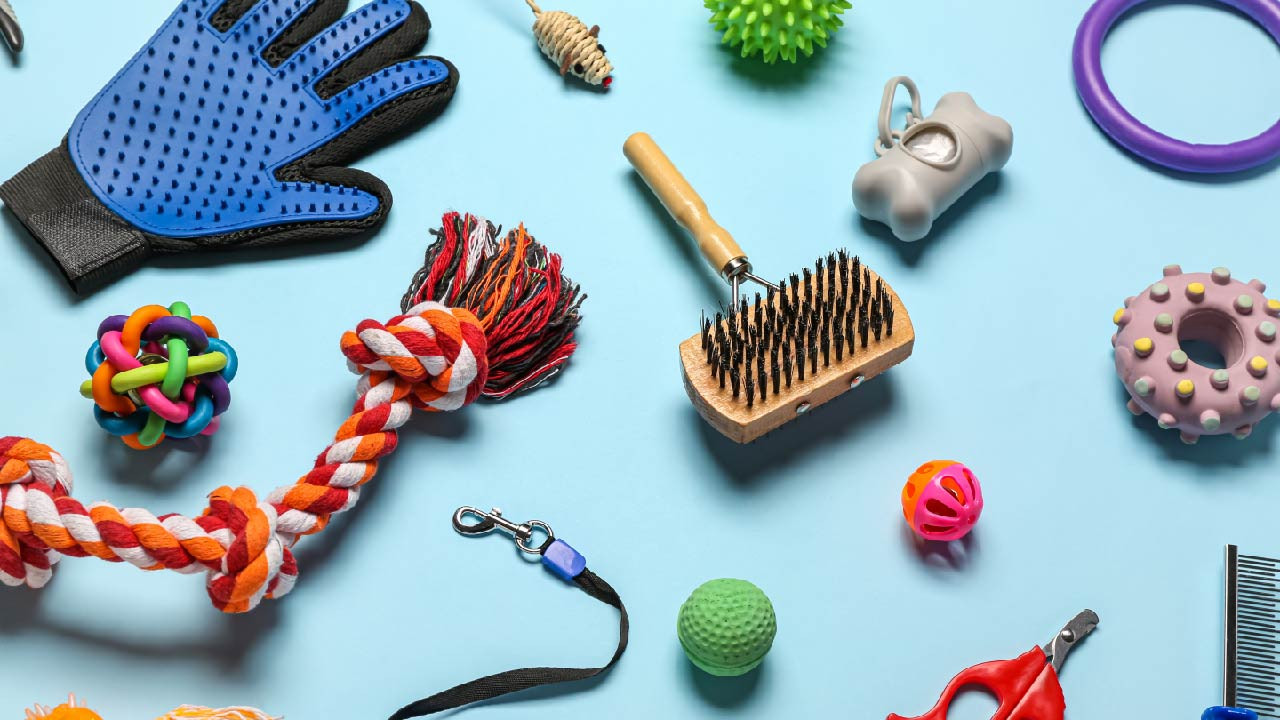Guide and Tips for Managing Dog Shedding
Shedding is a natural process that all dogs undergo, and there's no need to worry - though there are ways to minimise the mess! Pacific Pet Supplies is here to assist, offering our top tips to help you reduce dog shedding.
If you find yourself in a constant battle against fur takeover in your home, it might be time to revamp your grooming routine. Alternatively, you might need additional tips on controlling dog shedding. Either way, we have some suggestions to keep those fur clumps under control.
THE PRIMARY CAUSE OF DOG SHEDDING
In short, it's a natural part of the hair growth cycle. Dogs shed their old hair, which may be sun-damaged, dry, or broken, to make way for new, healthy hair. Shedding is a universal process for all dogs and is typically nothing to cause concern. However, if you observe excessive hair loss, skin irritation, patchy hair loss, or any abnormalities after regular grooming, consult your local vet. Abnormal shedding may be linked to conditions such as allergies, itchy skin, endocrine issues, congenital conditions, fungal/bacterial infections, or parasites.
SEASONAL SHEDDING
Dog shedding commonly occurs during the transition of seasons, particularly from winter to the warmer months of spring and summer. Your dog's coat adjusts to the environment to maintain a regulated temperature throughout the year. The shedding pattern may vary depending on your dog's breed. Before warmer months arrive, dogs often shed their winter coat in preparation for summer. Most dogs have a double coat, consisting of a top coat for sun protection and water-wicking, and an undercoat for insulation.
DOG BREEDS THAT SHED THE MOST
While all dog breeds shed to some extent, certain breeds, characterised by a dense double coat, shed more noticeably. These breeds include Chow Chows, Huskies, German Shepherds, Malamutes, Corgis, Golden Retrievers, Samoyeds, Border Collies, Akitas, and more.
BLOW OUT PHASE
Double-coated dog breeds undergo a dramatic shedding process known as a coat blow or blow out. This phase involves a significant transition from a winter coat to a summer coat, resulting in the release of undercoat hair in large clumps.
MINIMISE SHEDDING
Unfortunately, stopping dog shedding entirely is not possible. However, maintaining a good grooming routine can help control shedding and prevent fur from taking over your home. Regular brushing and grooming stimulate natural oils, promoting a healthy coat.
MAINTAINING YOUR DOG'S COAT
- Washing: Wash your dog about once a month to help loosen hair ready to come out, but avoid overwashing to prevent stripping essential oils.
- Brushing: Establish a routine of brushing your dog once or twice a week to control shedding, especially for double-coated breeds.
KEY TOOLS FOR GROOMING AND SHEDDING
Various grooming tools are available for maintaining your dog's coat. Some of the best options include:
- De-shedding rake: Ideal for thick hair and undercoats.
- Furminator de-shedding tool: Removes loose undercoat, use with caution to avoid top coat removal.
- Wahl Comb: Finishes the de-shedding process, smoothes the coat, and aids in detangling.
- Wahl Slicker brush: Perfect for gentle brushing and detangling.
- Wahl Pin bristle brush: Ideal for smoothing the coat after de-shedding.
Recent Articles
-
Dog Shedding Guide: Causes, Breeds, and Tips to Reduce Shedding
17th Sep 2025If you’re constantly sweeping up fur or finding hair clinging to your clothes, you’re not alone. Dog
-
Who Let the Dogs Out? 5 Ways to Boost Outdoor Enrichment This Spring
17th Sep 2025The days are warmer, the flowers are blooming, and spring is finally here. For your dog, that means
-
Dog Bathing and Grooming Frequency
16th Jan 2025Keeping your dog clean and well-groomed is an essential part of their overall health and well-being.
- Read more articles




